Charleston Currents #12.09 | Jan. 6, 2020
NOT FOR US: You might not be daring enough to shed your warm clothes and jump into the ocean on the first day of the year, but people looking to keep the party going had a great time, as highlighted in today’s Photo Essay by Rob Byko.
 TODAY’S FOCUS, Palm: Justify spending $1.1 billion on Interstate 526 widening project
TODAY’S FOCUS, Palm: Justify spending $1.1 billion on Interstate 526 widening project
COMMENTARY, Brack: 2010s were the Decade of the Nibble
IN THE SPOTLIGHT: Charleston RiverDogs
PHOTO ESSAY: Polar plunging
GOOD NEWS, ICYMI: Charleston celebrated “Nathalie Dupree Day”
FEEDBACK: Send us a letter
MYSTERY PHOTO: Tunnel of trees
S.C. ENCYCLOPEDIA: Chicken bog
CALENDAR: Charleston inaugural to be Jan. 13
Justify spending $1.1 billion on Interstate 526 widening
By Fred Palm, contributing editor | The S.C. Department of Transportation (SCDOT) proposes to widen Interstate 526 and redo the Interstate 26 intersection. This will be a massive redo of a major travel vector. The cost: at least $1.1 billion. The I-526 Corridor Analysis shows minor shifts in congestion or capacity improvement. The SCDOT website is open to the end of January for our comments.
- Click here to take part in the SCDOT virtual public meeting and share your voice.
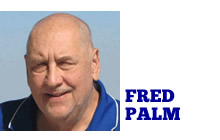 SCDOT builds highways and wants us to focus on the four alternative highway routes. We are putting down our future regional investments and growth. Highway investment drives other future investments. Businesses use interstate distribution of their goods that grows our economy. Build it and they will come or follow. In a similar vein, railroad spines drove our country’s western development.
SCDOT builds highways and wants us to focus on the four alternative highway routes. We are putting down our future regional investments and growth. Highway investment drives other future investments. Businesses use interstate distribution of their goods that grows our economy. Build it and they will come or follow. In a similar vein, railroad spines drove our country’s western development.
Transportation, flooding and economic factors drive the following decisions: Where homes get put; where business expands; and how long the commute follows. These are supporting, opposing, or conflicting factors.
In the Lowcountry, we are in a bigger, regional gridlock. The SCDOT I-526 four widening choices give modest relief. Recent flood events have affected our business sector. Flooding is a looming threat to our economic future. The fix for flooding from the governing municipal bodies and counties is unspoken. Lack of definition and/or a lack of realistic funding hampers flood plans. Also, development policies are on hold. Approved projects use nuisance flooding mitigation as the flood protection standard. That protection is uneven across many municipalities. Development policies await expression to contain flooding, forestalling future flood buyouts. This is what a regional level crisis looks like.
The proposed I-526 investment sets the region’s strategic direction. We need a passing grade on this three-pronged test:
- Get high marks on transportation efficacy,
- Flood risk reduction, and
- Economic long-term viability.
Justify the $1.1 billion investment that drives our future. Failure on any prong means we prefer the No Highway Build.
We cannot build our way out of gridlock. SCDOT must rethink the approach. Redefine the mission here to people movers. We need alternative ways of moving people to get out of gridlock. More concrete means more congestion. Our decision-makers have to come to terms with the pressing regional questions.
Inaction on any of these three significant factors moves us quickly to the sidelined existential questions, place by place. We are betting our region of these decisions. Bet wisely.
Fred Palm of Edisto Island is a retired professor of oversight and investigations at the John Jay College School of Public Management and a former executive director of the Association of Inspectors General. He writes about the Common Good.
- Have a comment? Send to: editor@charlestoncurrents.com
2010s: The General Assembly’s Decade of the Nibble
By Andy Brack, editor and publisher | Looking back at the past decade, it’s pretty easy to see what the S.C. General Assembly didn’t do — fix education, fix the tax structure, fix health care and on and on.
 But state lawmakers did get some things done in what may become known as the legislature’s Decade of the Nibble. That’s because each area they focused on was more of what a posh restaurant would call an “amuse bouche” than an entree.
But state lawmakers did get some things done in what may become known as the legislature’s Decade of the Nibble. That’s because each area they focused on was more of what a posh restaurant would call an “amuse bouche” than an entree.
During the Nibble Decade, lawmakers passed tax cuts, boosted funding to fix cruddy roads, protected land and shored up a failing pension system for state employees that needs more work still. They eventually also raised the pay of teachers and state employees and took baby steps to encourage the solar industry and limit opioid abuse.
And they argued. Goodness, how they argued about voting rights, guns, abortion, broadening health care for the poor, dark money in politics and ethics reform — even as scandal brought down a House speaker and snared other insiders.
Here’s a look at some impacts of the late tween and teen years of the 2000s for the General Assembly:
Tax cuts. The impact of a pre-recession income tax cut for small corporations took more than $1.6 billion of potential revenue out of state coffers in the 2010s. The cut, which reduced rates from 7 percent in 2006 to 3 percent by 2014, created a revenue loss of almost $300 million a year by 2018. In a state with massive education and health funding needs, taking that much money out of the state’s revenue stream was destabilizing, particularly for whenever the next recession hits.
Road improvements. After years of bickering, the General Assembly finally started to pay attention to the state’s aging roads. In 2013, lawmakers passed $50 million a year for big bridge and road improvement projects. Then in 2017 after the public screamed for better roads, they raised the gas tax for the first time in three decades. The boost, phased in by two pennies a year for six years in a row, is expected to bring in $622 million a year for improved roads by 2023. The tax hike, however, became politically palatable with more tax cuts totalling $207 million a year, further reducing the state’s tax base.
Conservation Bank. Lawmakers also reauthorized the S.C. Conservation Bank, which has protected 300,000 acres of land since 2002. The bank’s dedicated revenue was taken away, but its structure essentially was set up as a state agency, which conservationists lauded as a step forward.
Guns. Lawmakers expanded gun rights — in some schools, bars and other places — rather than approving more extensive background checks and closing loopholes. Debates over guns continue to cause legislators to butt heads.
Voting changes. Many freedom advocates found the Republican Party’s obsession over requiring identification cards at the polls to be little more than a modern-day poll tax to suppress voting.
Pension reform. The state’s pension system for employees has been in a multi-billion-dollar underfunded hole for years, but in 2017, lawmakers started to shore it up. They lowered fees for investment, increased the state’s contribution and set new investment guidelines. There’s more work to be done, but this steered the state in a new direction to fixing the system over the long term.
Ethics reforms. State legislators also made some headway in bolstering government transparency in 2016 when they reconstituted an independent state Ethics Commission with broader powers. They also required public officials across the state and their immediate family members to disclose public and private sources of income. Lawmakers didn’t, however, rein in dark money creeping into the political process that is influencing elections in sinister ways.
All in all, the General Assembly deserves a “C” for its generally average work during the Decade of Nibbling Around the Edges. It made some progress on second-tier issues, but didn’t tackle the much-needed improvements on education, poverty and health care that can really impact people’s lives.
For the next decade, big progress will be hard, particularly because the General Assembly is a harsher, less collegial place thanks to the nastiness creeping into state politics from extreme partisanship in Washington.
- Andy Brack is the editor and publisher of Charleston Currents and Statehouse Report. Have a comment? Send to: editor@charlestoncurrents.com
Charleston RiverDogs
 The public spiritedness of our underwriters allows us to bring Charleston Currents to you at no cost. This issue’s featured underwriter is the Charleston RiverDogs.
The public spiritedness of our underwriters allows us to bring Charleston Currents to you at no cost. This issue’s featured underwriter is the Charleston RiverDogs.
In 2019, the team finished in second place in its league with a 73-66 record. In 2018, the club celebrated its 25th season (that’s 175 years in “Dog” years!!) and, for the second season in a row, hosted more than 300,000 fans.
- Learn more about the RiverDogs.
- Check out the 2020 schedule! First home game is April 9!
The Lowcountry’s leader in sports entertainment, Charleston RiverDogs baseball is an attractive, affordable medium for your group or business. The RiverDogs develop the next major league stars for the 27-time World Champion New York Yankees at one of the finest ballparks in Minor League Baseball — Joseph P. Riley, Jr. Park.
Three short words sum up the everyday approach taken by the Charleston RiverDogs front office. The brainchild of club President Emeritus Mike Veeck, the nine-letter phrase “Fun Is Good” is meant to be a guideline and daily reminder of how employees should approach their jobs and in turn capture the imagination of the fans to turn them into repeat customers.
- Visit the ‘Dogs online at: RiverDogs.com
Polar plunging
Photos by contributing photographer Rob Byko | The new year brought toasts, resolutions, hoppin’ john and collard greens. And for some brave (crazy?) few, Jan. 1 was a day to strip down into summer wear and run into the ocean. Doesn’t sound like something we’d want to do — but the annual party on Sullivan’s Island does sound great. Here are some fun photos by Rob Byko showing what you missed — and may want to take on next year!
ICYMI: Charleston celebrates “Nathalie Dupree Day”
Staff reports | Raise a glass and send wishes of tasty sugarplums, flaky biscuits, creamy grits, fresh shrimp and dessert delights to Charleston’s doyenne of Southern cooking, Nathalie Dupree, who turned 80 just before Christmas.
Her birthday milestone has been celebrated far and wide — from a big October celebrity foodie bash in New York at the James Beard House to appearances across the South for signings of a new cookbook, Nathalie Dupree’s Favorite Stories and Recipes.
But on her actual birthday, Dec. 23, came a new honor — “Nathalie Dupree Day” — following a proclamation by Charleston Mayor John Tecklenburg, who recognized her as “a North Star for the culinary revival and recognition of Southern cooking canons, a mentor, activist, icon, and influencer.”
The proclamation recognized how Dupree, who has won several James Beard awards as well as international cuisine honors, helped put Charleston on the food map when she moved here about 20 years ago with husband and historian Jack Bass.
“Her influence and connections in the international and regional food world brought about the spotlight on Charleston, where its food, chefs, farmers, shrimpers and fishermen basked in the light of her generous and heartfelt pride,” the proclamation says.
Author of 15 cookbooks and host of more than 300 television shows, Dupree continues to nurture Southern cooking. She’s the founding chair of the Charleston Wine + Food Festival, a founder of the Southern Foodways Alliance and founder of two chapters of Les Dames d’Escoffier, an international philanthropic organization that selected her as a “Grande Dame” in 2011.
- Read some tips from her recent book, courtesy of the Charleston City Paper.
In recent news briefs:
![]() Early birthday wishes. Happy 247th birthday to the Charleston Museum, which celebrates on January 12. As a gift to the community, the museum will admit one child for free with the purchase of adult admission! Even more: The museum’s director, Carl Borick, will talk about the history of the museum, known as America’s First Museum, at 10:30 a.m. Jan. 10. More.
Early birthday wishes. Happy 247th birthday to the Charleston Museum, which celebrates on January 12. As a gift to the community, the museum will admit one child for free with the purchase of adult admission! Even more: The museum’s director, Carl Borick, will talk about the history of the museum, known as America’s First Museum, at 10:30 a.m. Jan. 10. More.
Abortion ban proposal to get hot. Statehouse Report’s Lindsay Street reports the state Senate is readying for a second showdown in two years over a bill seeking to restrict access to abortions in South Carolina. And while this new bill is different and under different circumstances, some on both sides of the hot-button issue are still looking to 2018 for lessons. Read more of her story.
It is actually getting hotter. An analysis by The Post and Courier found that seven of the hottest years on record for Charleston occurred in the last 10 years. And weather forecasters say that trend will continue. (Think of what it means in Columbia, which may be the hottest city in the state, for various reasons.) Read more.
Fees rising at state parks. State park admissions are increasing around the state in 2020. All 47 state parks will see changes, according to service staff. Park admissions will be going up by a few dollars per person with $3 per adult being the highest increase. The annual pass options have changed, but the highest level costs the same at $99. Read more.
- Have a comment? Send to: editor@charlestoncurrents.com
Got something to say? Let us know by mail or email
We’d love to get your impact in one or more ways:
Send us a letter: We love hearing from readers. Comments are limited to 250 words or less. Please include your name and contact information. Send your letters to: editor@charlestoncurrents.com. | Read our feedback policy.
Tell us what you love about the Lowcountry. Send a short comment – 100 words to 150 words – that describes something you really enjoy about the Lowcountry. It can be big or small. It can be a place, a thing or something you see. It might the bakery where you get a morning croissant or a business or government entity doing a good job. We’ll highlight your entry in a coming issue of Charleston Currents. We look forward to hearing from you.
Tunnel of trees
This tunnel may look familiar, but where is it? Send your guess to: editor@charlestoncurrents.com. And don’t forget to include your name and the town in which you live.
Our previous Mystery Photo
 Our Dec. 23 mystery, “Different perspective,” proved to be pretty recognizable by readers of Charleston Currents. It showed Waterfront Park from a perch on the second floor of the City Gallery. At left was a watercolor that was part of Mary Whyte’s stunning “We the People” exhibit of veterans’ portraits that recently closed.
Our Dec. 23 mystery, “Different perspective,” proved to be pretty recognizable by readers of Charleston Currents. It showed Waterfront Park from a perch on the second floor of the City Gallery. At left was a watercolor that was part of Mary Whyte’s stunning “We the People” exhibit of veterans’ portraits that recently closed.
A bunch of Charleston area people got the location correct and most knew a little about the exhibit, but it took two out-of-towners to give a whole bunch more info.
So first, hats off to the Charleston-area sleuths: Stephen Yetman, Joe Mendelsohn, Ross Lenhart, Stewart Weinberg, Kit Matthew, Chris Books, Carol Fishman, Jim McMahon and Carol Ann Smalley.
And special snaps to George Graf of Palmyra, Va., and Allan Peel of San Antonio, Texas, who provided a lot more info.
Graf identified the watercolor as a painting in the exhibit called, “Face.”
“According to wooarts.com, Mary Whyte was born in Cleveland in 1953. She studied at the Tyler School of Art in Philadelphia and later married and settled nearby, operating a gallery with her husband, Smith Coleman. In 1991, as she recovered from surgery and a yearlong regimen of chemotherapy, Whyte moved to the Lowcountry in search of a deeper meaning for life. She found it at the Hebron Zion St. Francis Senior Center on Johns Island, S.C., where she discovered the women she portrays in Alfreda’s World.
“These women, most descendants of slaves, gather at the Center each Wednesday for prayer, song, cornbread, and fellowship. They also make quilts, a longstanding tradition brought from Africa, which they sell to raise money for the church. Erected from timbers washed up after a shipwreck, the building dates to the years following the Civil War. Johns Island, like many other sea islands, preserves traces of the Gullah culture that are still evident in the group’s language, music, cuisine, dress, basketry, and quilt making.
“Initially, Whyte was a passive observer: she had discovered the women while searching for people who would model for her paintings, and some of them were shy about allowing her to paint them. Now, however, Whyte has become a participant-threading needles, serving coffee, and sharing in their joys and sorrows. Whyte has succeeded in preserving their likenesses and their communal activities for posterity in her paintings.”
Peel added that the gallery overlooks Charleston’s famous PIneapple Fountain in Joe Riley Waterfront Park.
“The exhibit (which ran from Oct 25 to Dec 22, 2019) featured internationally renowned artist Mary Whyte and her collection of fifty large scale watercolor portraits of current day American veterans that she painted over a seven-year period to honor our veterans from around all fifty states.
“Mary Whyte is an American watercolor artist who was born in Cleveland, Ohio in 1953 and now lives in Charleston. Her works have been featured in numerous exhibits and publications both nationally, and internationally (in France, Germany, Russia, Canada, China, the United Kingdom, and Taiwan). She is the author of several books, including her most recent publication “We The People: Portraits of Veterans in America”, the works of which were the feature of the special exhibit at the City Gallery.
“As part of that exhibit, Mary Whyte held a book signing ceremony where about half of the veterans featured in the exhibit were actually present to sign copies of the photos of the paintings in the book. Whyte is the recipient of several international awards, including the Portrait Society of America’s Gold Medal and the Elizabeth O’Neill Verner Award, South Carolina’s highest honor in the arts.”
Thanks all!
- Send us a mystery: If you have a photo that you believe will stump readers, send it along (but make sure to tell us what it is because it may stump us too!) Send it along to editor@charlestoncurrents.com.
Chicken bog
S.C. Encyclopedia | While anecdotal evidence exists that the name chicken bog was related to the “boggy” nature of its home, the Pee Dee, the southern writer James Villas states in his book Stews, Bogs and Burgoos that a “bog (unlike a pilau) is any stew that includes wet, soggy rice.”
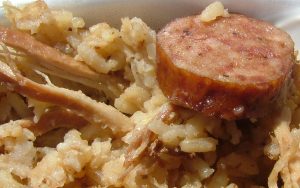 In her benchmark work, The Carolina Rice Kitchen, Karen Hess is more specific, describing chicken bog as a pilau made in large batches, which would always cause it to end up wet. The culinary historian Damon Lee Fowler defines chicken bog as “a highly localized form of pilau, probably of African provenance, in the U.S. found only in South Carolina.” From research in the Pee Dee region for his documentary film Southern Stews: A Taste of the South, Stan Woodward concluded that “while fondly cherished as the native stew of the Pee Dee . . . the name chicken bog was never well documented by its users . . . because it was a commonplace high protein meal that fed a lot of people in a poor environment.”
In her benchmark work, The Carolina Rice Kitchen, Karen Hess is more specific, describing chicken bog as a pilau made in large batches, which would always cause it to end up wet. The culinary historian Damon Lee Fowler defines chicken bog as “a highly localized form of pilau, probably of African provenance, in the U.S. found only in South Carolina.” From research in the Pee Dee region for his documentary film Southern Stews: A Taste of the South, Stan Woodward concluded that “while fondly cherished as the native stew of the Pee Dee . . . the name chicken bog was never well documented by its users . . . because it was a commonplace high protein meal that fed a lot of people in a poor environment.”
Traditionally, the only ingredients are chicken, rice, sausage, and onions, seasoned with salt and plenty of black pepper. The best chicken to use is an older hen, past good egg production, free-range and full of flavor; the second choice is a fat rooster. The chicken is poached, and then its meat is pulled off the bone, not chopped. The fat is removed from the broth, and then the rice, chicken, sausage, and onions all simmer gently together in the broth until the rice is “done.”
Whether chicken bog is eaten with a fork or a spoon depends on the cook. Even for a respected Pee Dee “bogmaster,” says Woodward, cooking bog in fifty-gallon wash pots is an art. It is “good bog if the rice is plump and moist, holds on to one another real good and sits up above a little gravy in the bottom of the pot and don’t cling to the chicken.”
Chicken bog is the main attraction at the annual Democratic stump meeting at Galivants Ferry, near the Little Pee Dee River. Traditional accompaniments are snap beans, white rolls, and Pepsi. The same combination is served in Loris, a small town north of Myrtle Beach. Loris residents decided in 1979 to make chicken bog the theme for an annual festival in October, which centers around the “Bog-Off,” a cooking competition for the best chicken bog. In 2001, attendance at the festival numbered approximately twenty thousand.
– Excerpted from the entry by Marion B. Sullivan. This entry may not have been updated since 2006. To read more about this or 2,000 other entries about South Carolina, check out The South Carolina Encyclopedia by USC Press. (Information used by permission.)
Inauguration day in Charleston to be Jan. 13
Staff reports | Charleston Mayor John Tecklenburg will be sworn in for his second term during a noon ceremony Jan. 13 at City Hall, 80 Broad St. Also to be sworn in are six members of city council, including newly-elected members Ross Appel, Karl Brady, Marie Delcioppo and Jason Sakran, and current members Peter Shahid and Keith Waring.
 Following the ceremony, there will be an inauguration free, open reception for the mayor and council members in Washington Square. It will last until 1:45 p.m.
Following the ceremony, there will be an inauguration free, open reception for the mayor and council members in Washington Square. It will last until 1:45 p.m.
Then at 6 p.m., the Cannon Street Arts Center, 134 Cannon St., will host an inauguration celebration with live music, dancing, drinks and light fare. Tickets are $50 each. For more information, go to CharlestonTogether.org.
Also on the calendar:
Ahead at Gaillard Center: Enjoy something a little different (perhaps) in January at the Charleston Gaillard Center on Calhoun Street:
Bach’s Brandenburg: 7:30 p.m. Jan. 10 and 11. The Charleston Symphony Orchestra will present an evening of groundbreaking and brilliant—but certainly not overwrought—baroque classics, featuring two of Bach’s six Brandenburg Concertos. Tickets are $25 to $114.
![]() Royal Philharmonic Orchestra: 7:30 p.m., Jan. 14. Led by conductor Mark Wigglesworth and featuring pianist Olga Kern, RPO will perform Dove Sunshine, Rachmaninov Piano Concerto No.2, and Sibelius Symphony No.2. Tickets are $25 to $119.
Royal Philharmonic Orchestra: 7:30 p.m., Jan. 14. Led by conductor Mark Wigglesworth and featuring pianist Olga Kern, RPO will perform Dove Sunshine, Rachmaninov Piano Concerto No.2, and Sibelius Symphony No.2. Tickets are $25 to $119.
From Russians With Love: 7:30 p.m., Jan. 23. The Charleston Symphony Orchestra will offer an evening of Russian symphonic and popular music, including Flight of the Bumblebee, Firebird, Night on Bald Mountain, and of course, From Russia with Love. Tickets are $25 to $114.
Black America: Resilient: Through Jan. 25, 2020, Redux Contemporary Art Center, 1056 King St., Charleston. The center offers this solo show that highlights the work of Dontré Major, a College of Charleston art graduate whose work takes a look at Black/African Americans in the United States during different periods throughout time. Each photograph is meant to emulate the feelings individuals had during these specific times, and touch on the struggle they went through to be seen as equals.
North Charleston art shows: Open daily through Jan. 31, North Charleston City Gallery, Charleston Area Convention Center, 5001 Coliseum Drive, North Charleston. On display are paintings by Pinopolis artist Katherine Hester in an exhibit titled Ebb and Flow and photographs by North Charleston photographer Jenion Tyson in A Bug’s Eye View: Macro Photograph in the Garden. Admission is free.
Lights of Magnolia: 5:30 p.m. to 9:30 p.m., through March 15, 2020, Magnolia Plantation and Gardens, West Ashley. Enjoy nine acres of Chinese lanterns, dragons and more at the venerable garden’s new evening attraction. The lantern festival includes custom-designed installations of large-scale thematically unified lanterns, a fusion of historic Chinese cultural symbols and images that represent the flora and fauna of Magnolia. Learn more online. Tickets are $11-$26. On-site parking is limited, but shuttles are available. For more information and frequently asked questions, click here.
Early morning bird walks at Caw Caw: 8:30 a.m. every Wednesday and Saturday, Caw Caw Interpretive Center, Ravenel. You can learn about habitats and birds, butterflies and other organisms in this two-hour session. Registration is not required, but participants are to be 15 and up. $10 per person or free to Gold Pass holders. More: http://www.CharlestonCountyParks.com.
- If you have an event to list on our calendar, please send it to feedback@charlestoncurrents.com for consideration. The calendar is updated weekly on Mondays.
If you like what you’ve been reading, how about considering a contribution so that we can continue to provide you with good news about Charleston and the Lowcountry. Interested? Just click the image below.
OUR UNDERWRITERS
Charleston Currents is an underwriter-supported weekly online journal of good news about the Charleston area and Lowcountry of South Carolina.
- Meet our underwriters
- To learn more about how your organization or business can benefit, click here to contact us. Or give us a holler on the phone at: 843.670.3996.
OUR TEAM
Charleston Currents offers insightful community comment and good news on events each week. It cuts through the information clutter to offer the best of what’s happening locally.
- Mailing address: 1316 Rutledge Avenue | Charleston, SC 29403
- Phone: 843.670.3996
Charleston Currents is provided to you weekly by:
- Editor and publisher: Andy Brack, 843.670.3996
- Contributing editor, common good, Fred Palm
- Contributing editor, money: Kyra Morris
- Contributing editor, Palmetto Poem: Marjory Wentworth
- Contributing editor, real estate: Digit Matheny
- Contributing photographer: Rob Byko
SUBSCRIBE FOR FREE
Subscriptions to Charleston Currents are free.
- Click here to subscribe.
- Unsubscribe. We don’t want to lose you as a reader of Charleston Currents, but if you must unsubscribe, you will have to do it through the email edition you receive. Just go to the bottom of any of your weekly newsletters and click the “unsubscribe” function. If that doesn’t work, please send us an email with the word “unsubscribe” in the subject line.
- © 2008-2019, City Paper Publishing, LLC. All rights reserved. Charleston Currents is published every Monday by City Paper Publishing LLC, 1316 Rutledge Ave., Charleston, SC 29403.



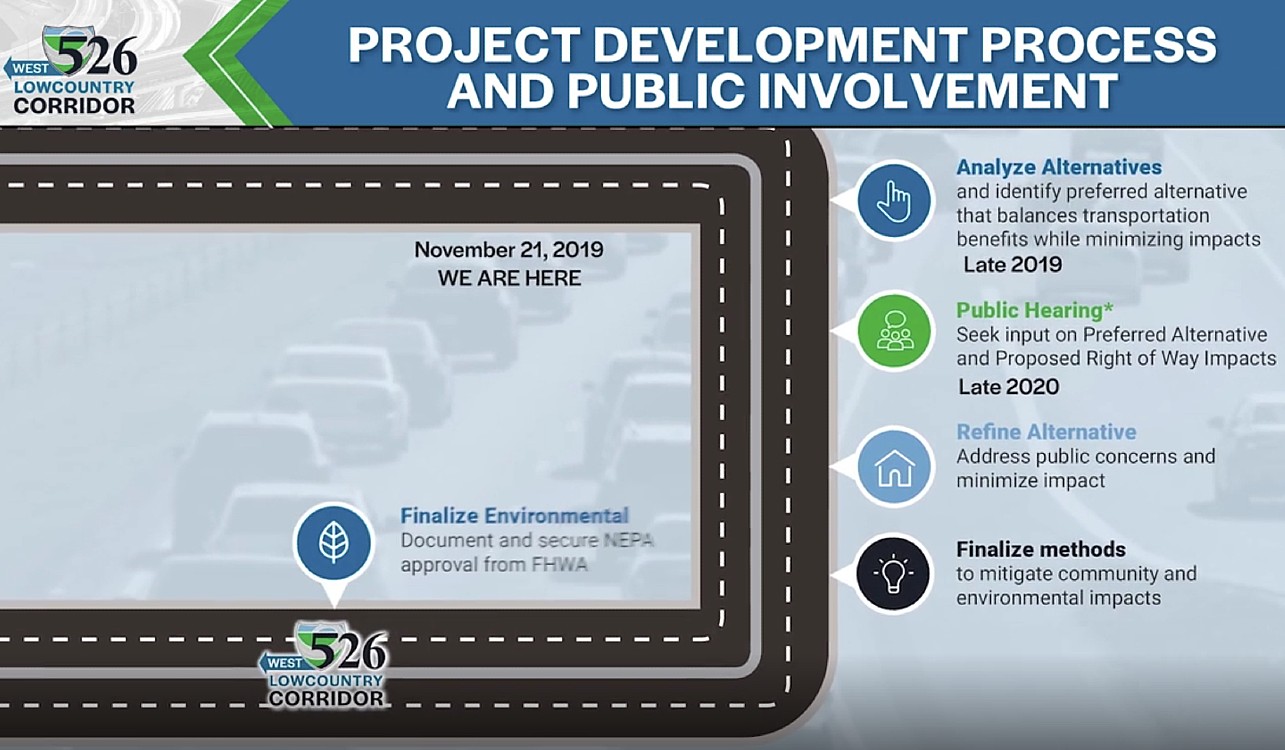
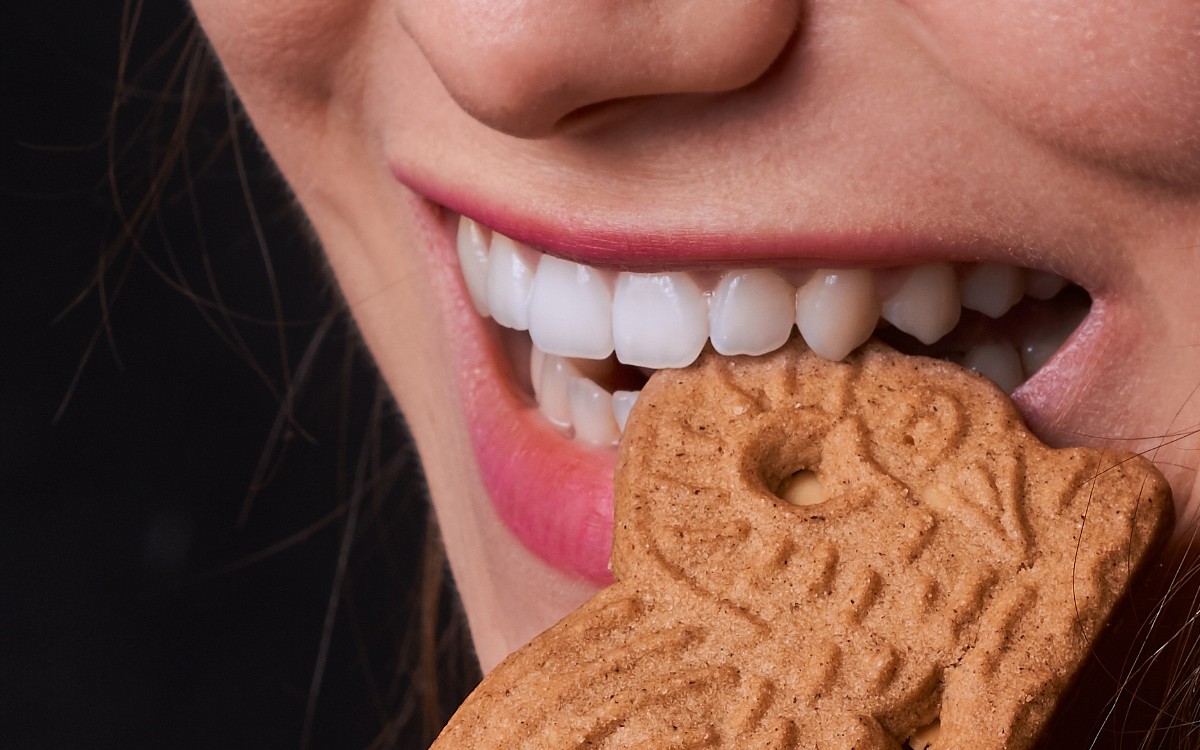
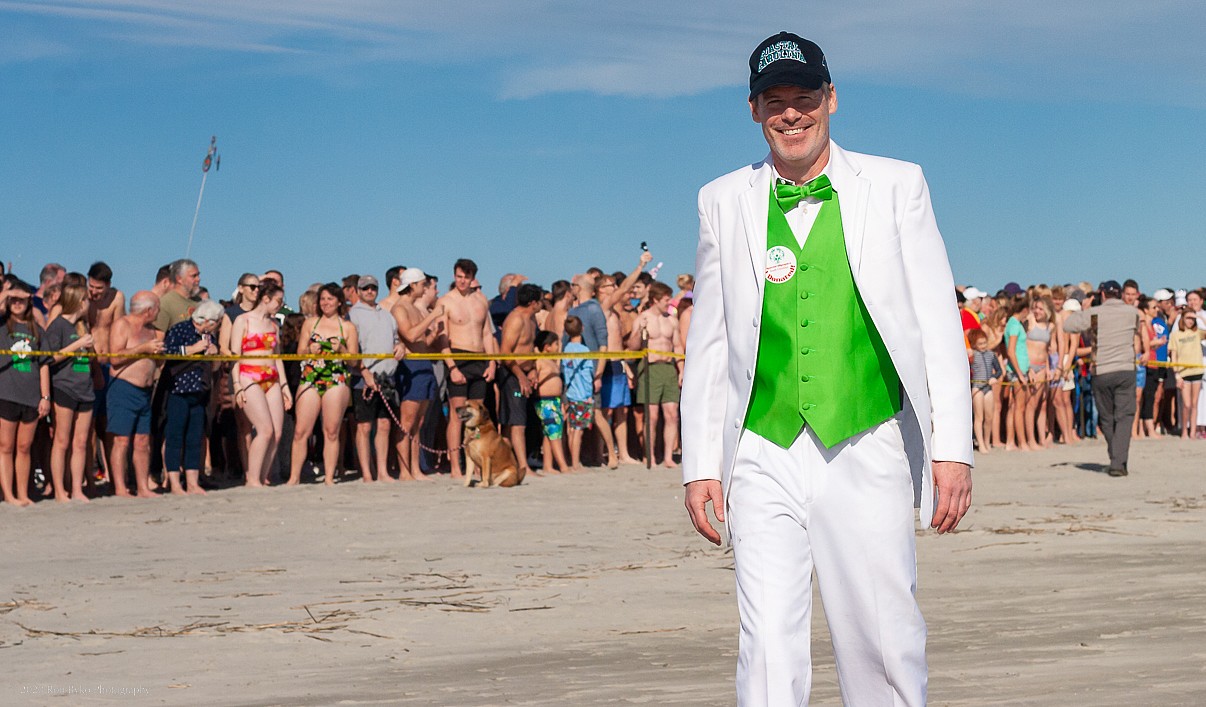
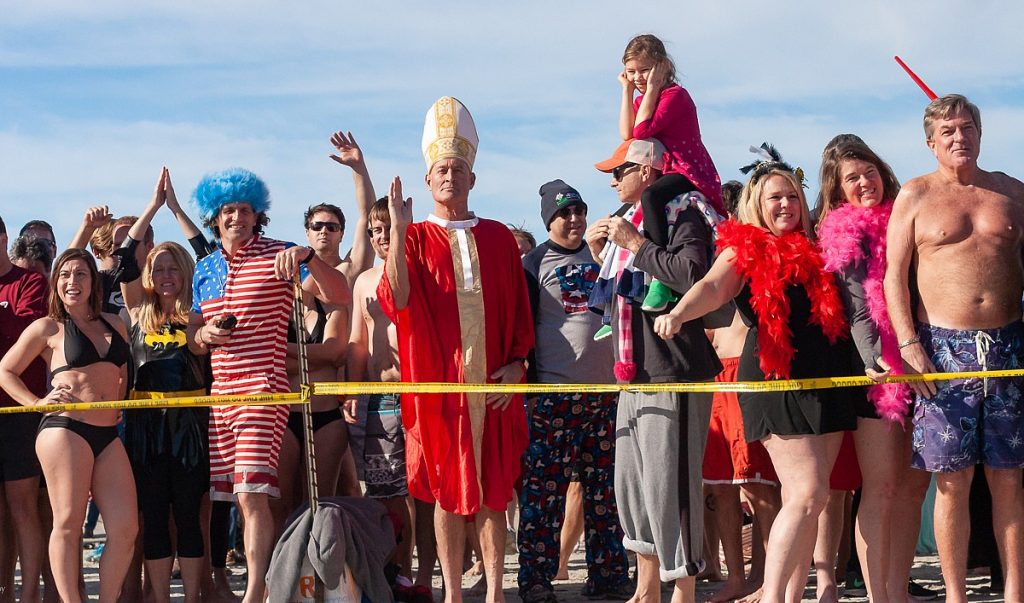

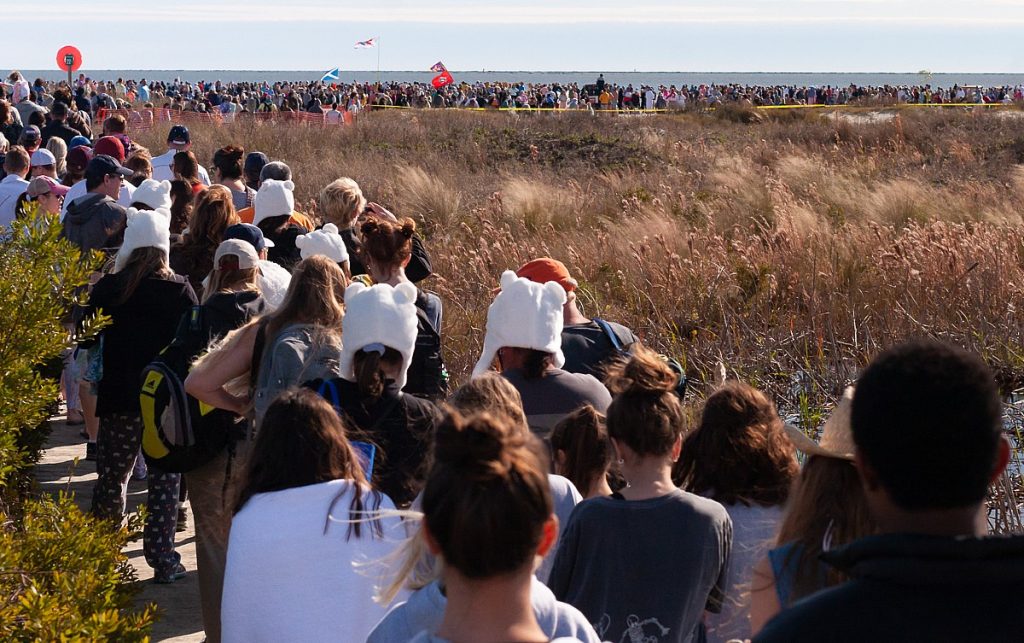

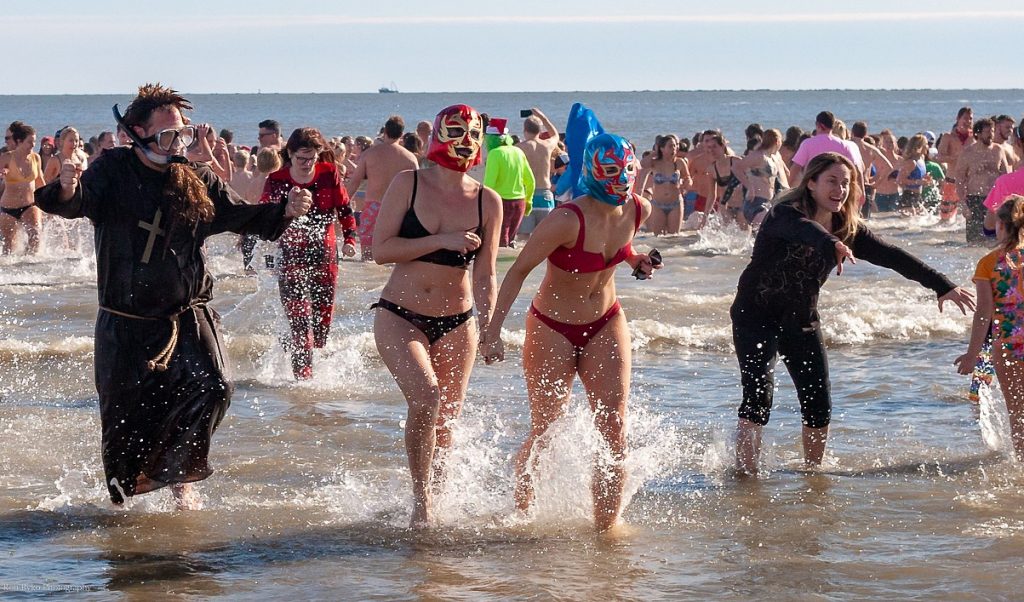
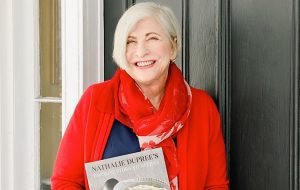
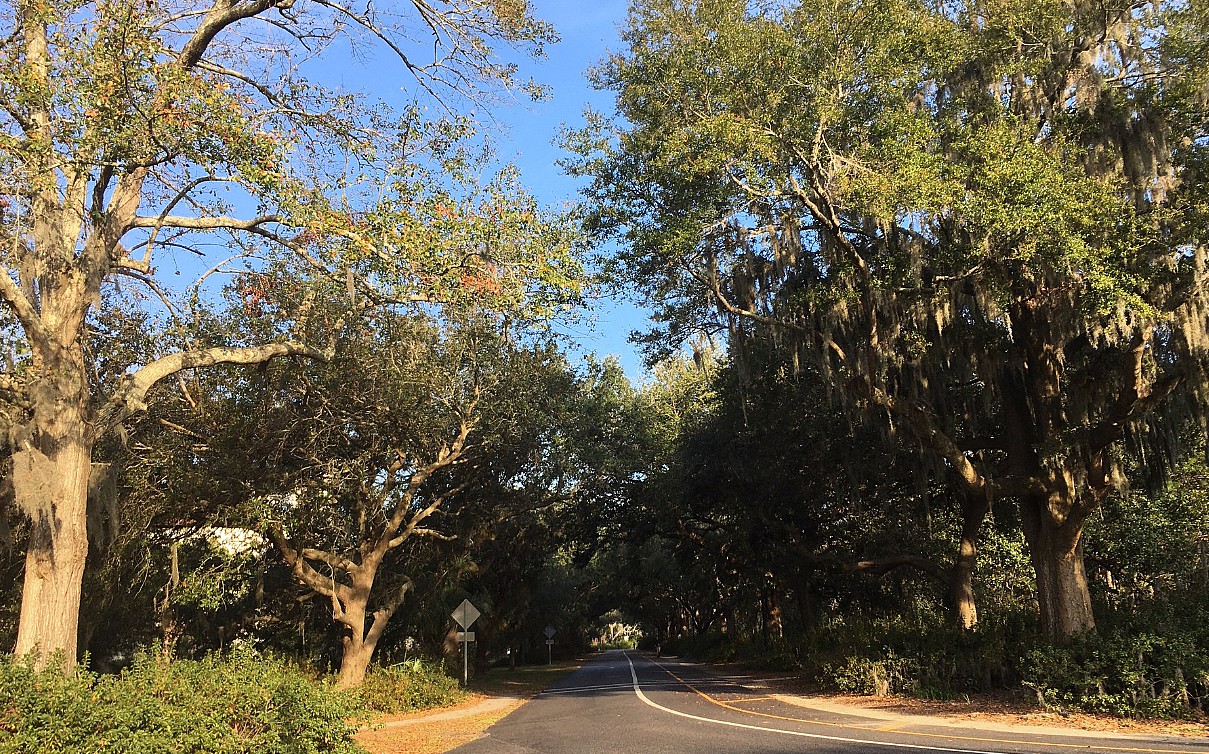

 We Can Do Better, South Carolina!
We Can Do Better, South Carolina!
























